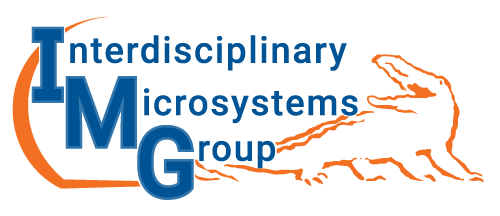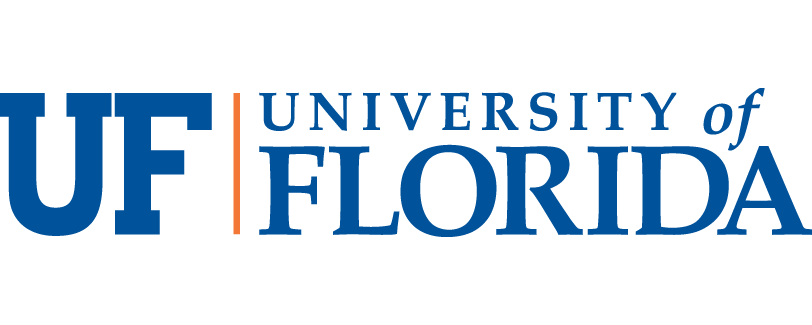ECE Seminar Series: Programmable Self-assembly for Heterogeneous Integration of Microsystems
Submitted by PitFee Jao on Fri, 02/25/2011 - 1:37pmECE Seminar Series
Programmable Self-assembly for Heterogeneous Integration of Microsystems
Dr. Karl Böhringer, Professor
University of Washington
March 3, 2011
11:45 am - 12:45 pm
Larsen 234
Abstract
Self-assembly is the spontaneous and reversible organization of components into ordered structures, representing an alternative to the conventional manufacture of systems made of components from milli to nano scales. First commercial applications of self-assembly have appeared in recent years, for example in the fabrication of radio frequency identification tags. However, the full impact of this new approach towards hetero system integration will only be realized once self-assembly can be programmed on demand. This presentation gives an overview of several projects that aim at programmable self-assembly. A key concept is the “programmable surface” – an interface whose properties can be controlled with high spatial and temporal resolution. Several crucial topics are discussed: real time control of interfacial properties; optimization of binding site designs; and algorithms for the modeling and control of self-assembly. Promising novel manufacturing methods are emerging that combine the precision and reproducibility of semiconductor fabrication with the scalability and parallelism of stochastic self-assembly and with the specificity and programmability of biochemical processes.
Biography

